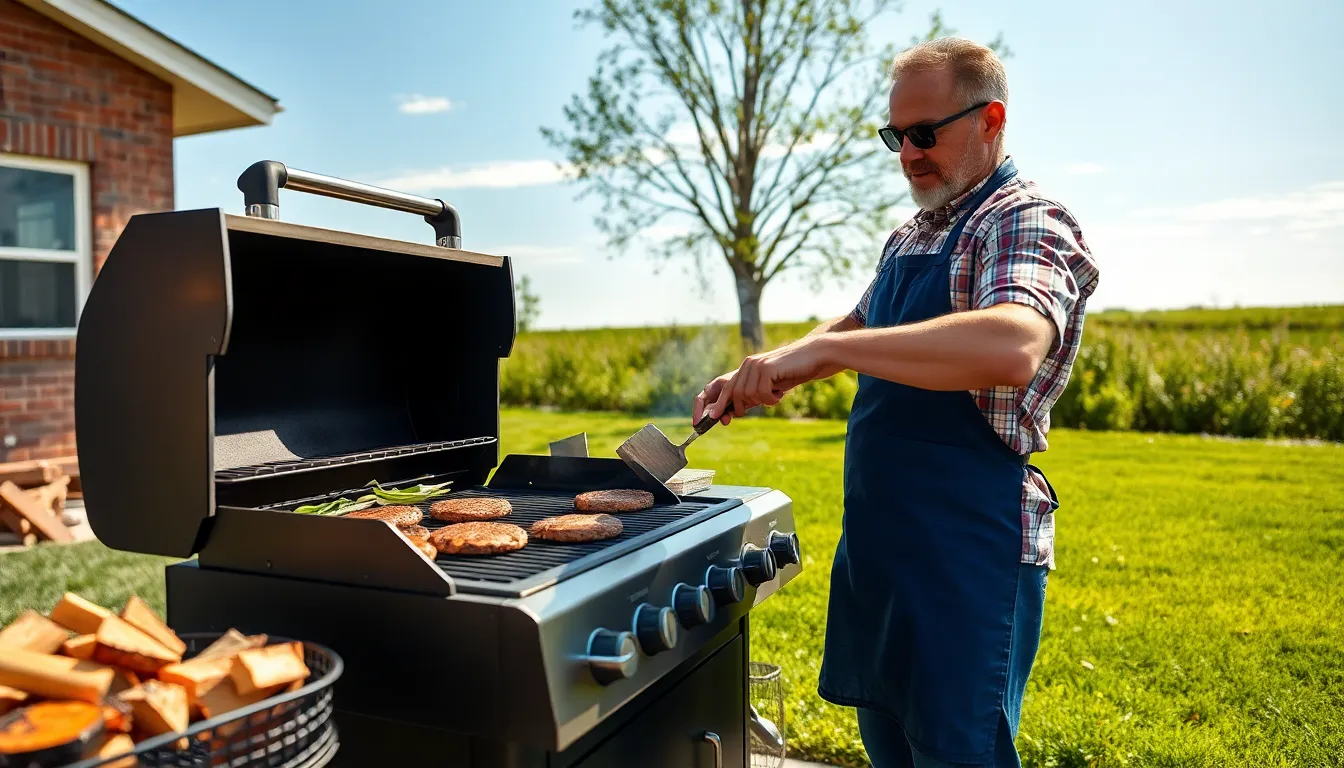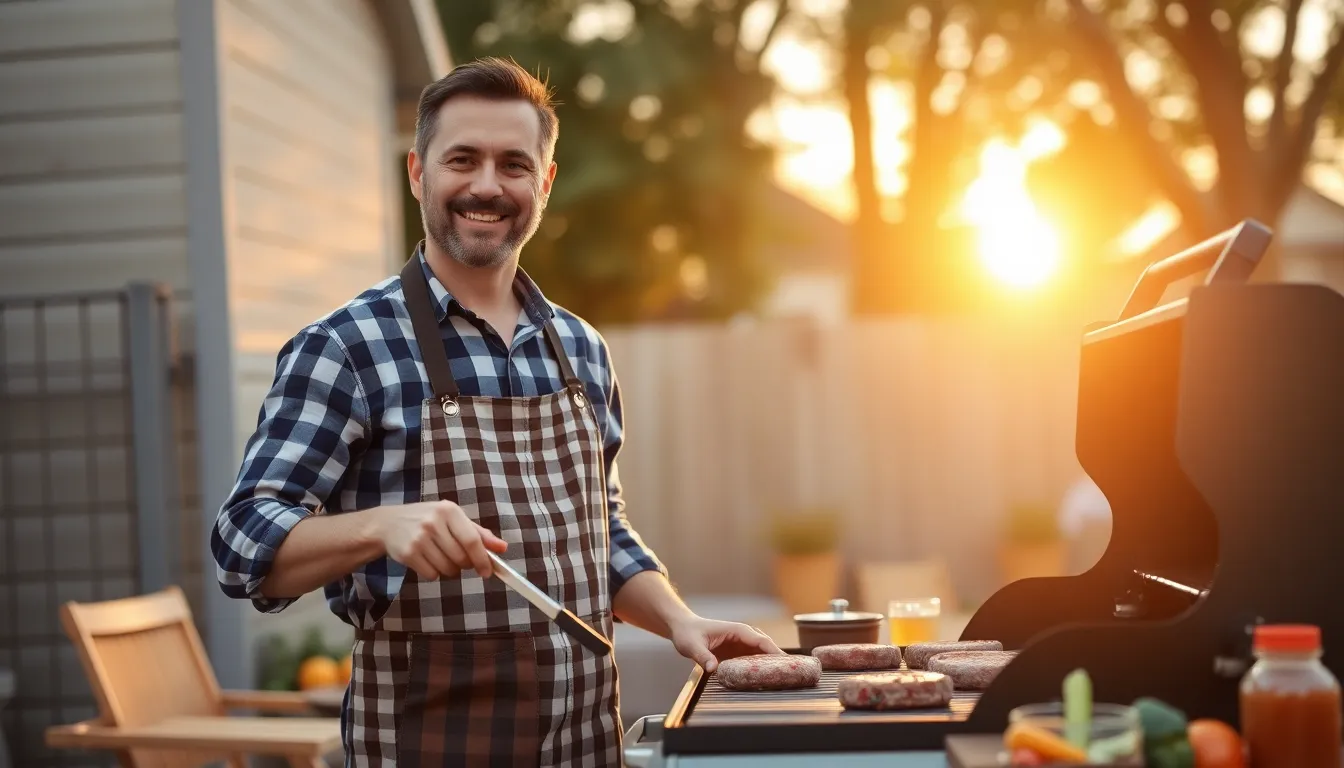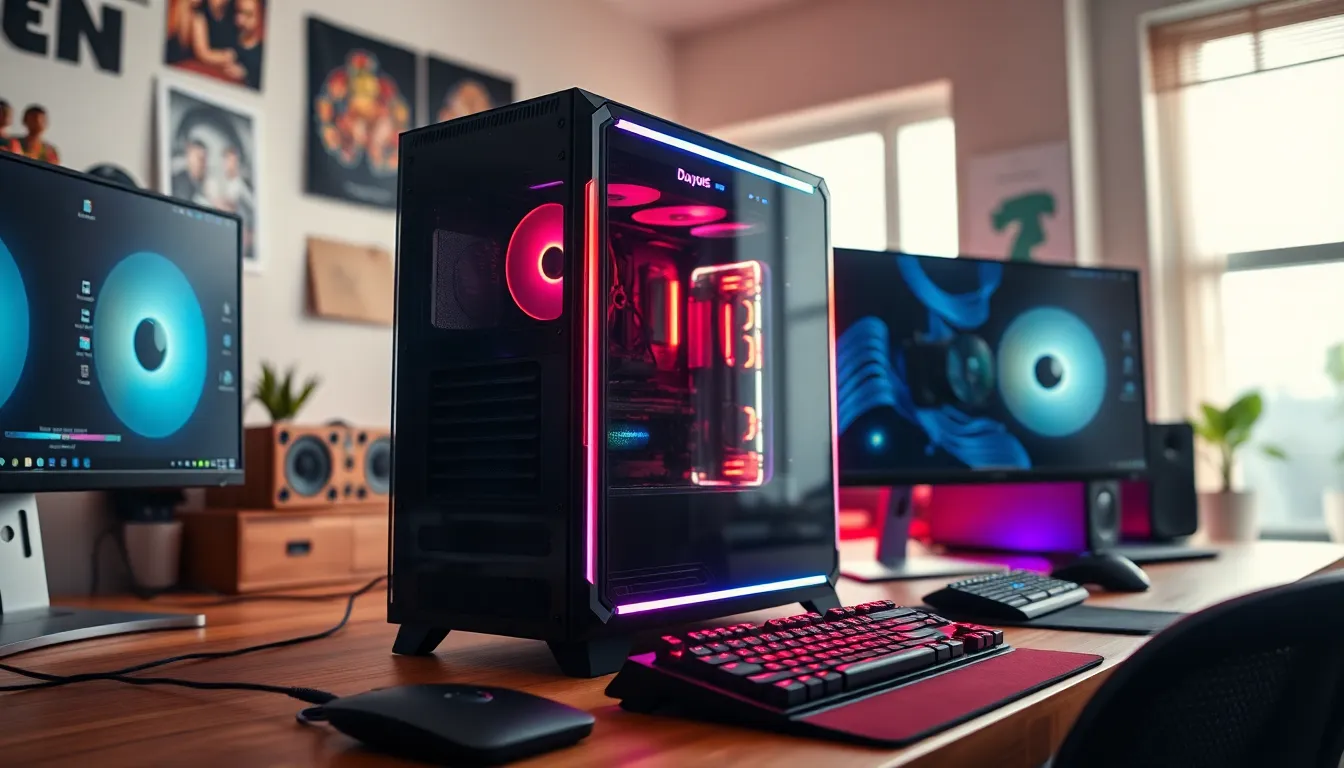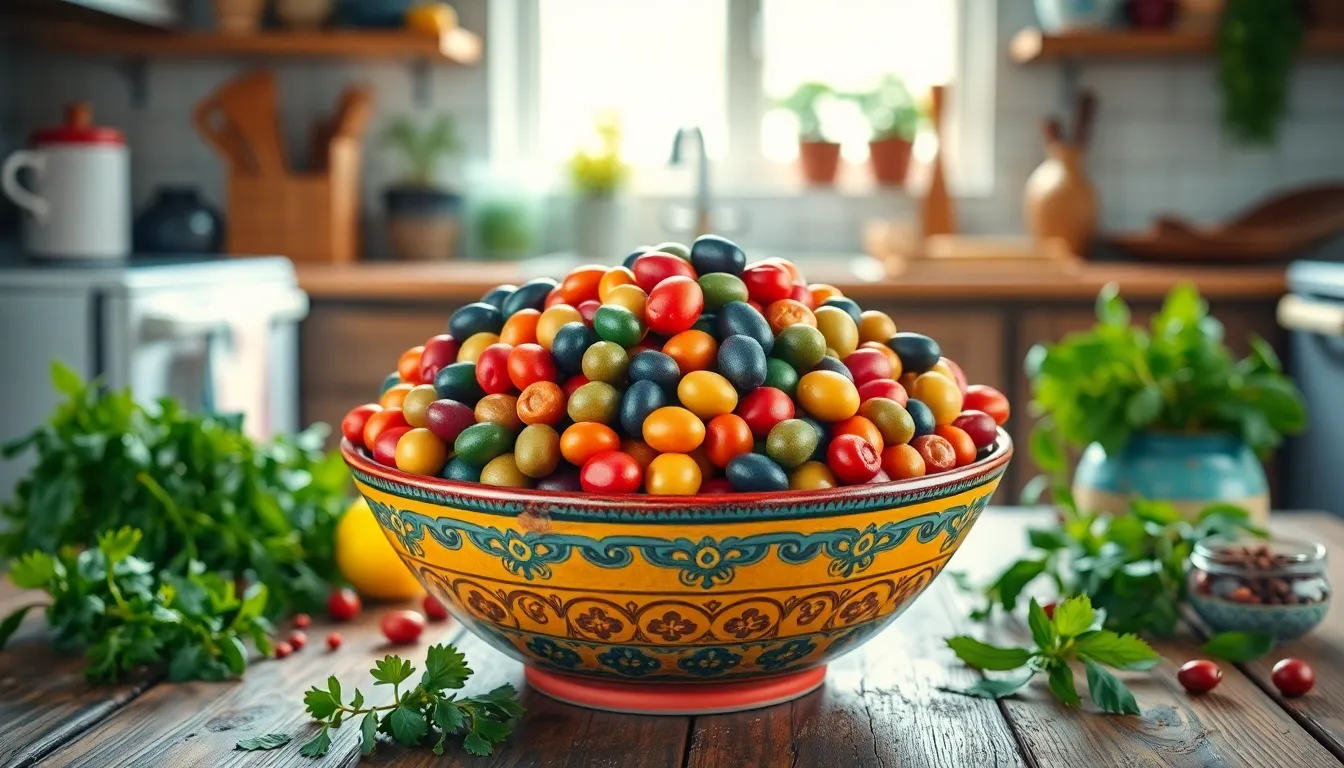Grilling is more than just a cooking method; it’s a time-honored tradition that brings people together. Whether it’s a backyard barbecue or a weekend camping trip, the sizzle of meat on the grill and the aroma of smoky flavors create an irresistible atmosphere. Yet, mastering the art of grilling requires more than just firing up the flames.
With the right tips and techniques, anyone can elevate their grilling game. From selecting the perfect cuts of meat to understanding heat management, small adjustments can lead to mouthwatering results. This guide offers essential insights that will transform any novice into a confident grill master, ensuring every meal is a delicious success.
Table of Contents
ToggleEssential Grilling Tips
Grilling necessitates attention to detail for optimal results. Implementing the right techniques enhances flavor and ensures an enjoyable cooking experience.
Choosing the Right Grill
Selecting a grill involves several factors. Consider the following:
- Fuel Type: Choose between charcoal, gas, or electric grills. Charcoal grills impart a smoky flavor, while gas grills offer convenience. Electric models provide easy control for apartment dwellers.
- Size: Assess cooking space based on the number of guests. Larger grills accommodate more food simultaneously, making them ideal for frequent entertainers.
- Features: Evaluate additional features like side burners, rotisserie kits, and temperature gauges. Advanced options enhance cooking versatility.
Preparing the Grill Surface
- Clean Thoroughly: Scrub grates with a grill brush to remove residue. This action prevents sticking and ensures better flavor.
- Oil Grates: Apply a thin layer of high smoke-point oil, like canola or vegetable oil, to prevent sticking. This practice enhances the sear on foods.
- Preheat Properly: Heat the grill to the desired temperature before placing food on it. Preheating enhances grilling results and ensures safe cooking temperatures.
Mastering Different Cooking Techniques

Grilling techniques play a vital role in achieving the perfect meal. Understanding direct versus indirect heat and utilizing wood chips for flavor enhances the overall grilling experience.
Direct vs Indirect Heat
Direct heat involves cooking food directly over the flame or heat source. This method produces a quick sear and is effective for smaller cuts of meat, seafood, and vegetables. For instance, grilling steaks or burgers requires high temperatures to lock in flavors.
Indirect heat, on the other hand, cooks food away from the flame. This technique is ideal for larger cuts of meat, such as whole chickens or ribs. Cooking times increase, but it allows for even cooking and tender results. Utilizing a two-zone setup in the grill—one hot and one cooler—facilitates this method.
Using Wood Chips for Flavor
Wood chips add a unique smoky flavor to grilled dishes. Soaking chips in water for at least 30 minutes before use prevents them from burning too quickly. Popular choices include hickory, mesquite, and applewood, each imparting distinct flavors to meats and vegetables.
When using wood chips, place them in a smoker box or wrap them in aluminum foil with holes punched to allow smoke to escape. Adding chips just before placing food on the grill ensures maximum flavor infusion. Rotate chip varieties for experimentation, allowing for personalized flavor profiles in each grill session.
Grilling Various Types of Food
Grilling various types of food requires specific techniques for optimal results. Mastering these approaches enhances flavor and ensures food is cooked perfectly.
Meat Grilling Techniques
- Choose quality cuts: Selecting fresh, high-quality cuts of meat ensures better flavor and tenderness. Look for marbling in beef, freshness in poultry, and firm texture in pork.
- Season properly: Season meat with salt and dry rubs at least 30 minutes before grilling. This allows the flavors to penetrate, enhancing the overall taste.
- Preheat the grill: Preheating the grill to the desired temperature ensures even cooking. Aim for 450°F to 600°F for steaks and 375°F to 450°F for chicken.
- Use a meat thermometer: Insert a meat thermometer into the thickest part of the meat to check doneness. Poultry should reach 165°F, while beef is best at medium rare around 130°F to 135°F.
- Let rest: Allowing meat to rest for 5 to 10 minutes after grilling redistributes juices, resulting in a more flavorful bite.
Vegetable Grilling Tips
- Select fresh vegetables: Fresh, in-season vegetables provide the best taste and texture. Favorites include bell peppers, zucchini, asparagus, and corn.
- Cut evenly: Cut vegetables into uniform sizes for consistent cooking. Aim for thick slices or chunks to prevent falling through the grill grates.
- Use skewers: Thread vegetables onto skewers for easy handling. Soak wooden skewers in water for 30 minutes to prevent burning.
- Oil before grilling: Brush vegetables lightly with oil to prevent sticking and enhance flavor. Season with salt, pepper, or herbs for added taste.
- Cook on direct heat: Grill vegetables directly over high heat for 5 to 10 minutes. Monitor closely to avoid charring while ensuring they remain tender.
Safety Precautions While Grilling
Safety during grilling is crucial to prevent accidents and ensure a successful cooking experience. Following key precautions keeps both the grill master and guests safe.
Handling Raw Meat
Handling raw meat carefully prevents cross-contamination and foodborne illnesses.
- Use Separate Utensils: Always use separate cutting boards and utensils for raw meat and other foods.
- Wash Hands Frequently: Wash hands with soap and water before and after handling raw meat.
- Marinate in the Refrigerator: Marinate meat in the refrigerator, not on the counter, to keep it at a safe temperature.
- Keep Raw and Cooked Separate: Avoid placing cooked meat on surfaces that have come into contact with raw meat, as this can lead to contamination.
Fire Safety Tips
Implementing fire safety measures reduces the risk of accidents.
- Keep a Safe Distance: Maintain a safe distance between the grill and any flammable materials such as paper, cloth, or overhanging branches.
- Monitor the Grill: Never leave a lit grill unattended, especially with children and pets nearby.
- Have a Fire Extinguisher Ready: Keep a fire extinguisher or a bucket of sand nearby to quickly address any flare-ups.
- Properly Extinguish Coals: Allow charcoal to cool completely before disposing of it in a metal container to prevent fires.
Grilling is more than just cooking; it’s an experience that brings people together. By applying the tips shared in this guide, anyone can elevate their grilling game and create mouthwatering meals that impress family and friends.
Mastering the techniques of heat management and food preparation ensures that every dish turns out flavorful and perfectly cooked. Prioritizing safety and cleanliness not only enhances the grilling experience but also protects everyone involved.
With practice and attention to detail, anyone can transform into a confident grill master, ready to savor the joys of outdoor cooking. So fire up the grill and enjoy the delicious results of a well-executed barbecue.




